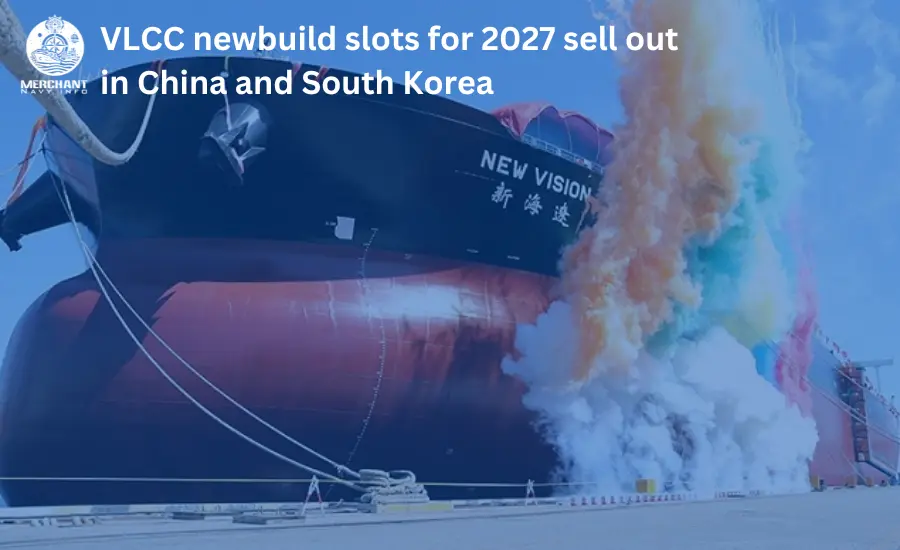
By 2027, the world’s two largest shipbuilding countries will have almost exhausted the number of Very Large Crude Carrier (VLCC) berths available. Tanker broker Gibson said that in China. Delivery quotas for 2027 have expired, with the exception of a few quotas at Shanghai Waigaoqiao Shipyard. And Dalian Shipyard, but in South Korea, only 12 delivery quotas remain for this year. , he points out. However, to order there, the owners will have to pay an additional $10 million.
The pace of growth in demand for new ships in the tanker. And LPG sectors has been highly unusual since the start of the year,” Gibson noted in its weekly report. The UK broker believes there could be up to 15 VLCCs in China and South Korea. Under the memorandum of understanding, in addition to the ten companies ordered by Capital and Frontline.
“About 30% of the VLCC fleet is over 15 years old. And a further 25% is expected to be obsolete by 2027. So there is a good reinvestment story here, especially when combined with the low backlog.” (with one ship delivered in 2027 and 2024), which itself “will take into account the above activities if confirmed,” Gibson said.
Global forward hedging by shipyards reached its highest level last year since 2009, following a historic orders boom from 2006 to 2008, according to Clarksons Research. Danish Ship Finance predicts the Korean shipyard utilization rate to be 107% this year. The 2023 Maritime Transport Review, published by the United Nations Conference on Trade and Development (UNCTAD) in September, calls for rapid expansion of shipyards to support shipping’s green transition. “Shipyard capacity is currently limited. Owners of tankers and bulk carriers are expecting long waiting times and high construction prices. “Increasing shipbuilding capacity is critical to ensuring shipping meets global demands and sustainability goals,” the UNCTAD report states.









